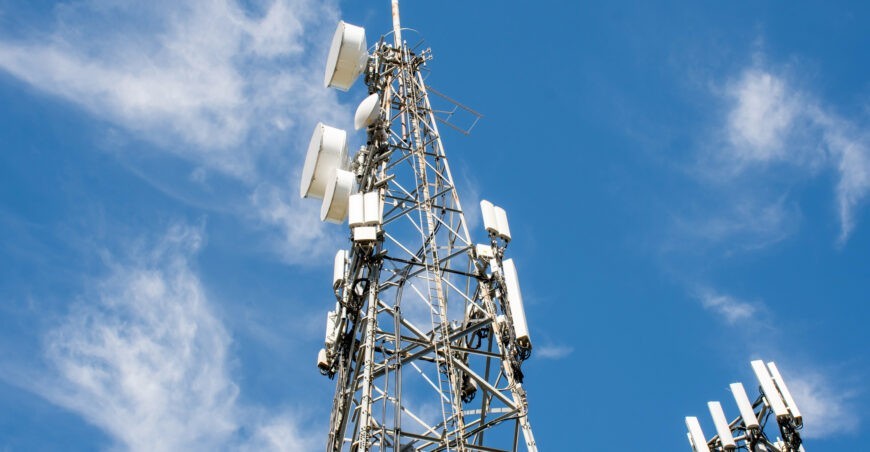The second of the five key attributes to a happily managed community is to maintain regular communications. We all know how a lack of communication can wreak havoc on any relationship, and it’s no different for communities.
Owners rely on their elected boards to work on their behalf and to inform them of progress on the stated yearly goals. Boards rely on community managers to do the same. Community managers rely on the contractors and professionals. And so the cycle goes. A break in any piece of the chain can result in increased tension and a host of other issues. Board members are non-responsive. Managers don’t hear from contractors or other professionals. Owners are left in the dark. So often, because of one reason or another, the parties that need to be communicating ‘early and often’ are the ones most likely to be silent. And that, for sure is a recipe for disaster in any relationship. Whereas, simple communication – a note, a call, a text, a visit – goes a LONG way in keeping relationships healthy.
It’s paramount for community managers to lean into communications as a priority, and a positive tool to managing communities. They must have a system that helps them stay on top of the information and disseminate it clearly and timely, early and often. These days, the best way for managers to do this is through email. But sometimes, the tone and texture of an email is misconstrued and can create problems. Or, the string is so lengthy that the issue and conversation is lost and ultimately unclear. That’s why it’s so important for community managers to lead with effective communication in all its forms. All have a role in the operation of the community. And the manager’s role to foster a sense of community starts with a wheelhouse of communication strategies – identifying and responding quickly to owner needs; addressing complaints and yes, diffusing anger; disseminating clear communications through notices and newsletters; practicing some public relations; and, preparing materials that are always clear.
At Sterling, the managers use these techniques to sustain and improve relationships. It all comes back to creating that mutual vision for the community, building loyalty and trust and setting a course that involves everyone’s buy-in. It’s the only way to enable the board to make the best decisions for their communities.

